A sneak peak at Ridley's 2009 line and a possible new component sponsor for Fidea
A new TT bike for Cadel No trip to Belgium would be complete without paying the folks at Ridley a...
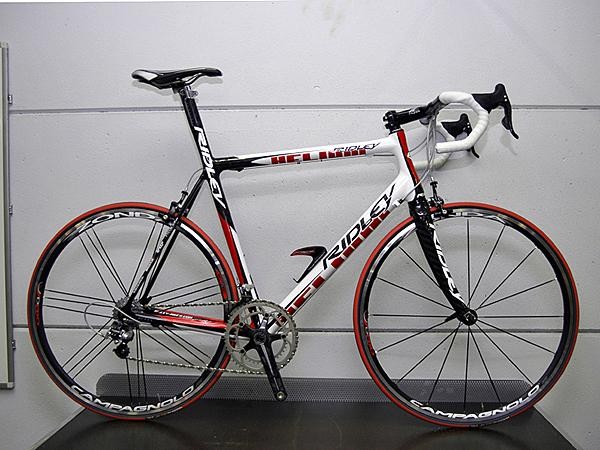
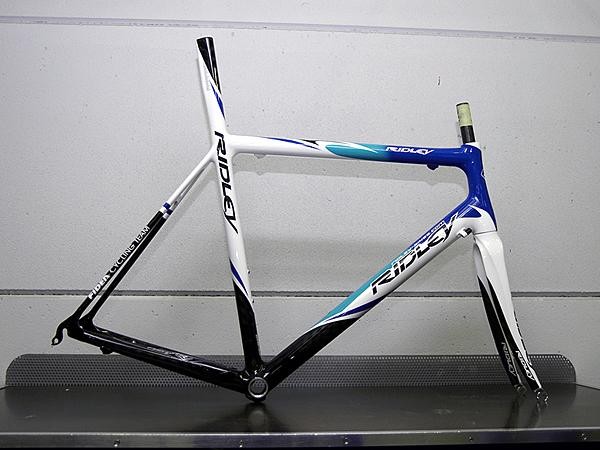
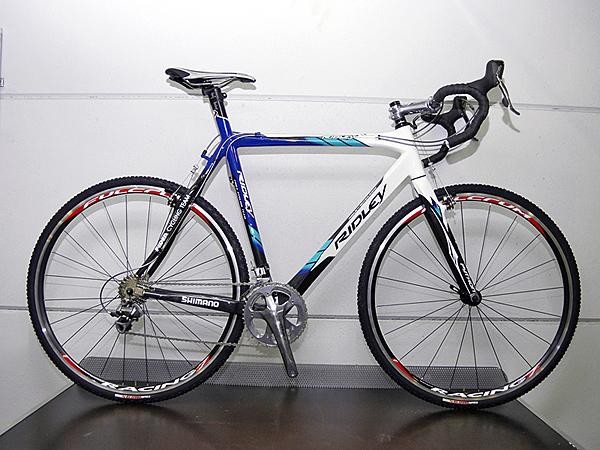
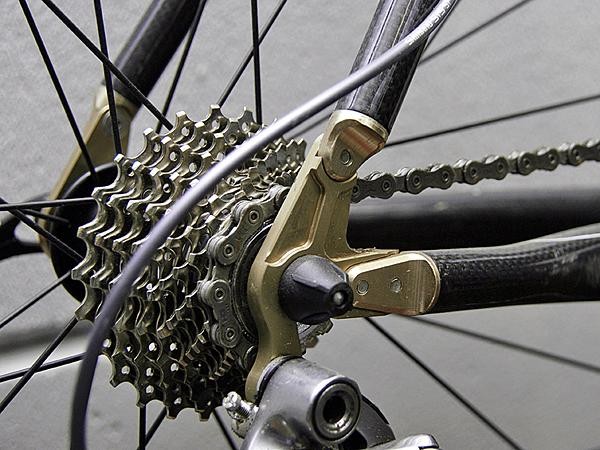
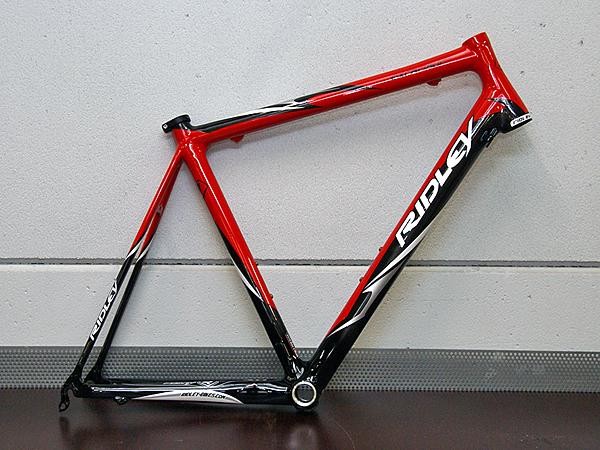

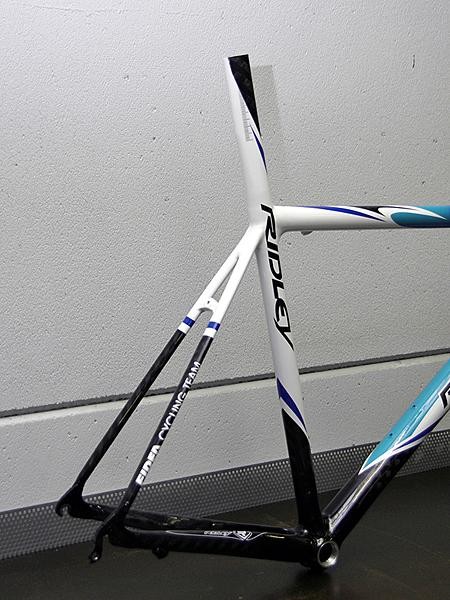

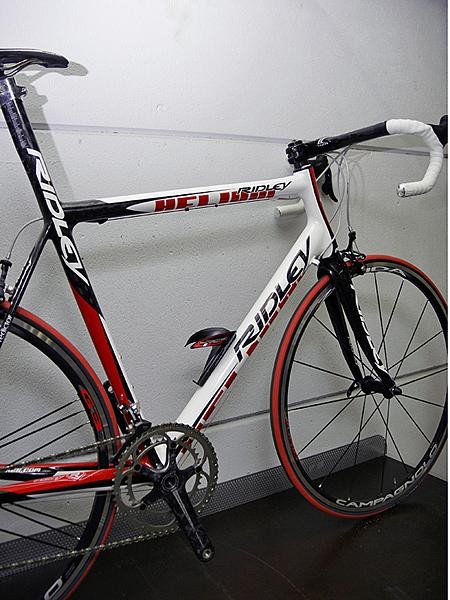
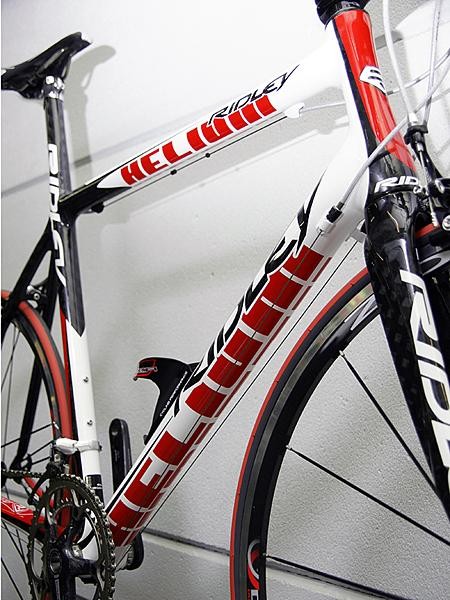
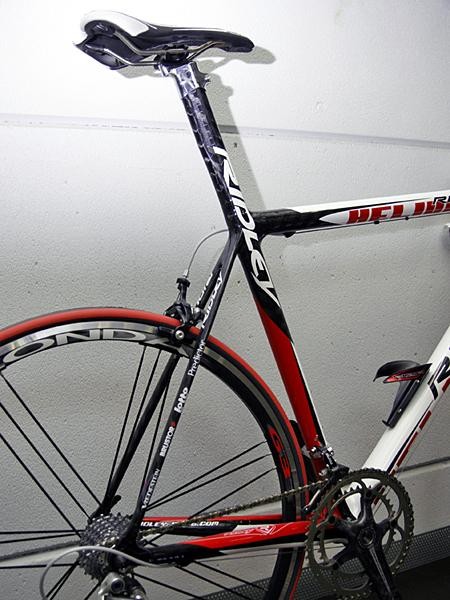

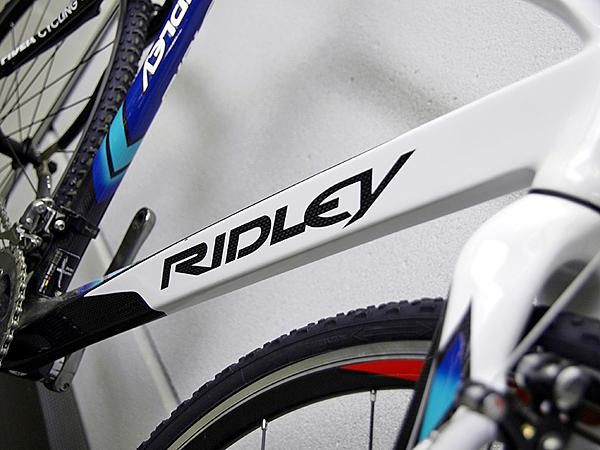
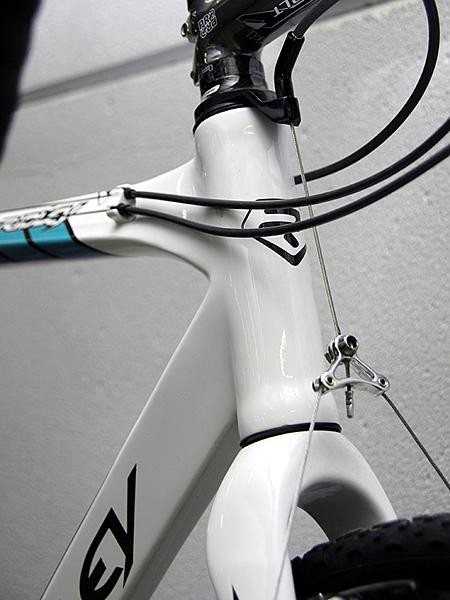
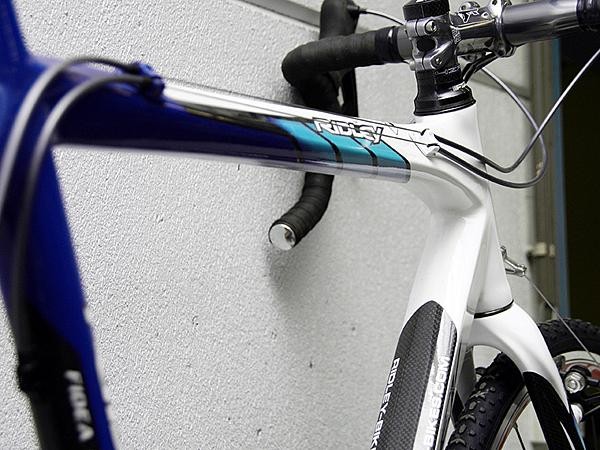

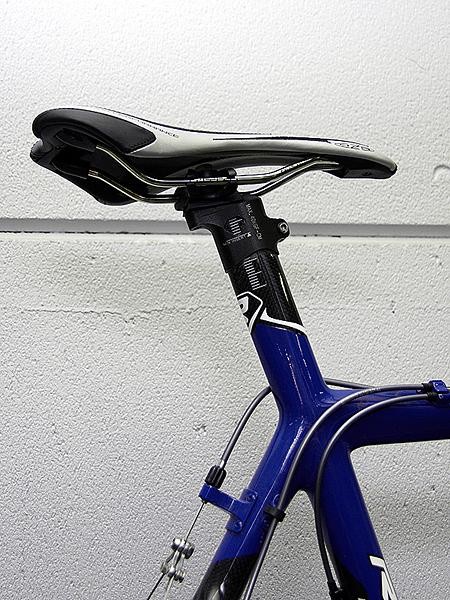
Tech Feature: Ridley 2009 preview, April 9, 2008
A new TT bike for Cadel
No trip to Belgium would be complete without paying the folks at Ridley a visit and our recent stint in central Europe unearthed some new gems from the sponsor of Cadel Evans' Silence-Lotto team. In addition to the new team paint jobs for the 2008 season, Ridley international sales manager David Alvarez showed us not one, but two all-new frames: a thoroughly modern time trial rig as well as a completely revamped Noah flagship. Unfortunately, we weren't allowed to shoot photos of either of the new frames but our descriptions should at least wet your appetite a bit.
The new time trial platform, dubbed the Dean, is a grand departure from Ridley's current time trial/triathlon models. First and foremost, Alvarez says the Dean is a far faster machine than its predecessor. By Ridley's preliminary estimates, the Dean might have saved Evans nearly a minute in last year's Tour de France had it been ready in time (although it's unclear whether that was relative to the current Cronus or the rebadged Planet X TT frame that Evans actually used).
Either way, Alvarez says that Ridley will have more accurate numbers once more wind tunnel testing is conducted and the frame shape is finalized but judging by last year's final GC standings, it wouldn't have taken much for Evans to climb up that one last step on the podium and it's certainly possible that the new frame might make the difference in this year's running.
Those time savings come courtesy of the Dean's carefully crafted shape which was reportedly honed using both oil flow mapping in a Brussels wind tunnel (oil?!) in conjunction with help from a Formula 1 engineer, presumably for computational fluid dynamics work. In contrast to the current Cronus, the Dean boasts organically flowing lines and smooth transitions that are nearly completely devoid of the old 'Sharp Edge Design' features. The head tube is fitted with a pronounced 'beak' that blends cleanly with the radically extended fork crown and the down tube and seat tube now wear true aero shapes. The semi-interrupted seat tube (picture Orbea's Ora) also now closely follows the profile of the rear wheel for better airflow.
Ridley has also licensed the Jetstream technology from Oval Concepts for use in the unusually deep-sectioned fork blades and seat stays. The unique split-member configuration is designed to pull air away from the bike's centerline; this creates a region of lower pressure air for the spinning wheels to pass through, thus decreasing drag. According to Alvarez, Ridley has modified the design slightly to make it even faster.
Get The Leadout Newsletter
The latest race content, interviews, features, reviews and expert buying guides, direct to your inbox!
When it comes to aerodynamics, the devil is in the details and Ridley looks to have sweated those out pretty thoroughly. Removable foam cores are used in parts of the molding process but they're first coated with silicone rubber to yield cleaner and more consistent inner surfaces as well as sharper trailing edges than what would normally be possible. Cables will be routed internally and enter the frame behind the stem where the airflow is already 'dirty' and both brake calipers are also mounted in shielded locations: the front brake behind the crown and the rear brake down by the bottom bracket.
Speaking of bottom brackets, the sample we handled used a standard English-threaded shell but Alvarez mentioned that a BB30-compatible version was forthcoming. Sorry, we don't have an official weight to report but we will say that the prototype frameset struck us as somewhat lighter than what we're used to seeing from full-on aero models.
A revamp of the flagship Noah
We tested the Ridley Noah a few months back and found it to be a supreme full-on race bike with excellent handling manners and a hyper-efficient chassis (albeit a slightly weighty one at that). Even so, its shape was far from slippery through the air.
Alvarez said that Ridley's main objective with the redesign was to optimize the frame's aerodynamics while retaining the existing Noah's positive attributes. As a result, the new Noah adopts a smoother surface (much like the Dean) and a far deeper aero-profiled down tube and seat tube. The top tube also now takes a slightly curved path, presumably to add some much-needed comfort to what was previously a rather rough ride.
The tapered and oversized 1 1/8"-to-1 1/2" front end remains intact, though, as does the integrated seatmast configuration. Projected weight is expected to stay about the same at approximately 1100g (and hopefully actual weights will come closer to that figure than our test bike did). Team riders have already been testing the new frames and both of them are expected to officially debut around Tour de France time.
New team paint jobs… and a new sponsor decal?
Alvarez also previewed the new team paint schemes for the Ridley-sponsored Silence-Lotto and Fidea squads. While not exactly groundbreaking news, we'll go out on a limb here and say right now that the bold red, white and black Silence-Lotto scheme is quite possibly one of our favorites and the Fidea one is eye-catching without being too over the top.
What is groundbreaking news, however, is that we just happened upon a meeting between a particular Fidea rider and some representatives from SRAM. Seems that former Belgian and world 'cross champion Bart Wellens has been testing the company's new Red group on the road and has been happy enough with its performance that the team might race on it come the fall.
SRAM officials would not confirm any formal agreement; however, it seems that the writing is on the wall with this one and we'll be quite surprised to find anything other than a Red group on Wellens' bike come the fall 'cross season.